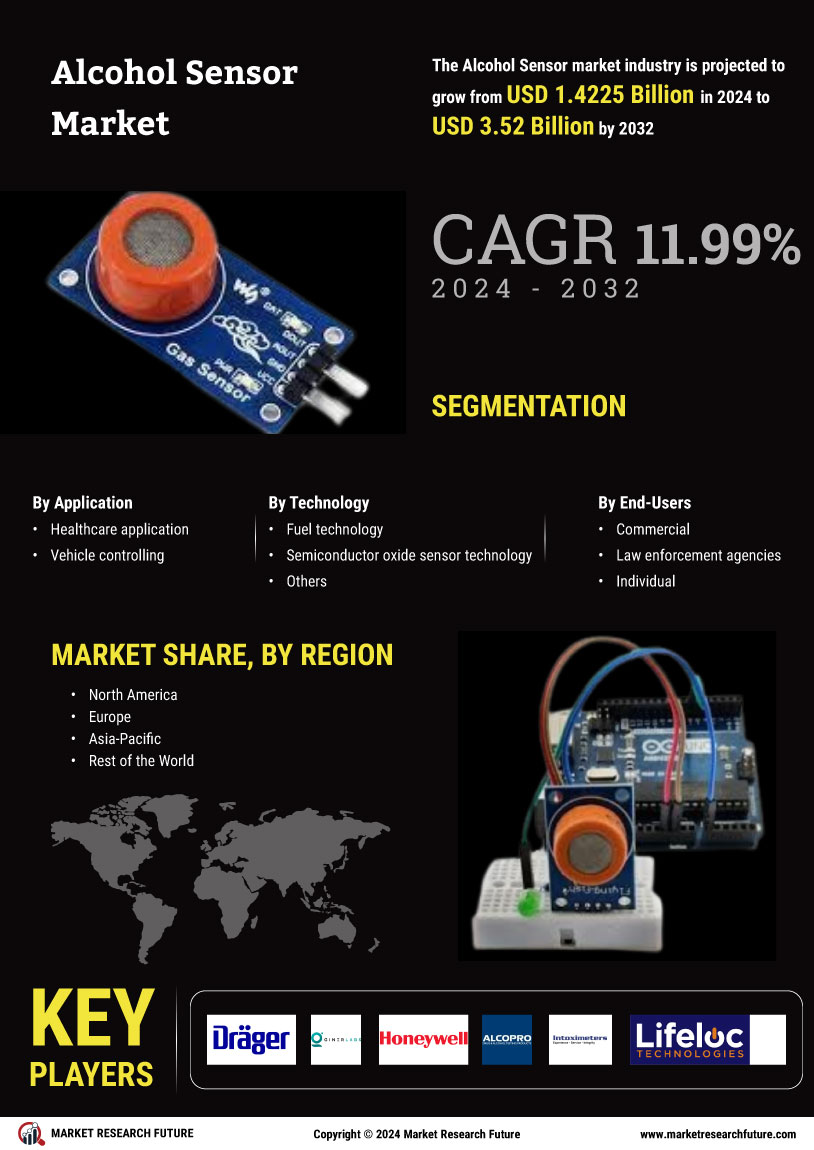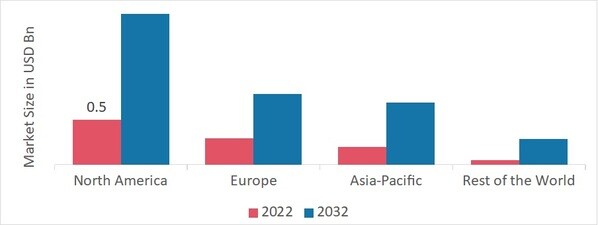Leading market players are investing heavily in research and development to expand their product lines, which will help the Alcohol Sensor market grow even more. There are some strategies for action that market participants are implementing to increase their presence around the world's global footprint, with important market developments including new product launches, contractual agreements and acquisitions, higher investments, and collaboration with other organizations. To expand and survive in a more competitive and rising market climate, the Alcohol Sensor industry must offer cost-effective items.
Manufacturing locally to minimize operational costs is one of the key business tactics manufacturer use in the global Alcohol Sensor industry to benefit clients and increase the market sector. In recent years, the Alcohol Sensor industry has offered some of the most significant technological advancements. Major players in the Alcohol Sensor market, including Dragerwerk AG & Co.
KGaA (Germany), Giner Labs (U.S), Honeywell International Inc. (U.S), AlcoPro Inc. (U.S), Intoximeters Inc. (U.S), BACKtrack Inc. (U.S), Lifeloc Technologies (U.S), Abbot Laboratories (U.S), Alcohol Countermeasure System (international) Inc. (Canada), Asahi Kasei Corporation (Japan), and others are attempting to grow market demand by investing in research and development operations.
Honeywell provides industry-specific solutions such as aircraft goods and services, control technologies for infrastructure and business, and performance materials. Our solutions enable more connectivity among workers, manufacturing facilities, supply networks, and aircraft to make our world smarter, safer, and more sustainable. Over the past eight decades, our international firms have established a strong presence in India. Three cutting-edge manufacturing sites and four global centers of excellence for technological innovation and development show how committed Honeywell is to India. With offices in Bengaluru, Chennai, Dehradun, Delhi, Gurugram, Hyderabad, Kolkata, Madurai, Mumbai, Pune, and Vadodara, we employ nearly 13,000 people nationwide.
In May 2023, Honeywell's innovative, new UOP-defining technology made it feasible to produce low-carbon sustainable aviation fuel (SAF), a ready-now solution. HIF Global, the top eFuels company in the world, intends to employ the new technology to produce eSAF in its second eFuels plant in the United States.
Alcohol Countermeasure Systems, or ACS, is a global network of businesses with over 40 years of expertise in creating cutting-edge technology to stop drunk driving. ACS, a leader in technology and a producer of breathalyzers and alcohol interlock devices, offers goods and services to the public, private, and government safety, automotive, industrial, and law enforcement sectors. In January 2022, The American Chemical Society (ACS) was pleased to announce positive outcomes from recent investigations targeted at developing non-intrusive Artificial Intelligence (AI) tools to identify cannabis impairment.
Based on research in collaboration with the Centre for Addiction and Mental Health (CAMH), ACS has created a Cannabis Screening System that uses AI models and data from hundreds of eye-tracking features to assess drivers' cannabis impact without being obtrusive.













